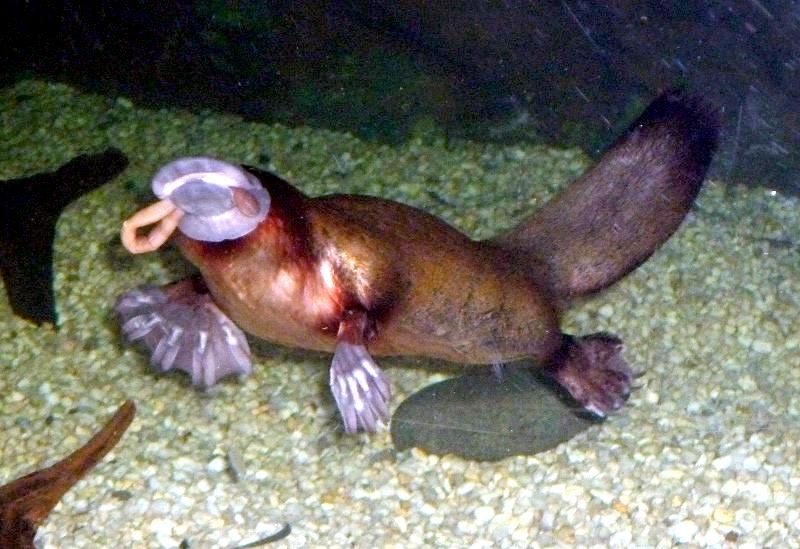
If these species adapted to survive without the need for a stomach, the genes for its function could then be lost by mutation over time without ill effect. For instance, diets rich in chalky shells or bottom muck can neutralize stomach acids. The researchers suggest the ancestors of these stomach-free species grew to depend on diets in which digestion via pepsins and acids was not likely or even possible. The scientists found that in all species examined, stomach loss was clearly linked with the complete loss of the genes responsible for pepsin and acid digestion. It is illegal.Since many animals have now had their genomes sequenced, researchers investigated 14 species with and without stomachs to see what genes they all might be missing. The opening of the burrow has a tight fit and squeezes water from its fur.During the day, it shelters in its burrow.Males have venomous spurs on their hind legs.It has a relatively low body temperature of 32☌, which is low for a mammal.

It grinds its food between two bony plates on its upper and lower jaws.

Does a duck billed platypus have a stomach skin#

Scientists believe the platypus lost its stomach because its diet does not require a complex organ, such as a stomach, to break down its food.ĭuring the mating season between June and October, a male platypus has only one aim: to win territory and secure any females within it. Instead, it has a sac between its oesophagus and intestine that secretes powerful digestive acids and enzymes to break down its food. The platypus spends 10-12 hours a day foraging for food and consumes 15-30% of its body mass in food each day. Once on the surface, the platypus retrieves the morsels stored in its cheek pouches, grinds its food between two bony plates on their upper and lower jaws, and swallows the mashed-up food.

In 30 to 60 seconds, when its oxygen supply starts to run out, the platypus heads back up to the surface. Then, it continues to search for more prey. It stores its catch temporarily in cheek pouches located just behind its jaw. Then, quickly homing in on these signals, the platypus shovels them out of the stream-bed with its bill and pounces on them. The platypus hunts by moving its head from side to side as it swims underwater and picks up the tell-tale electrical signals given off by its prey.


 0 kommentar(er)
0 kommentar(er)
